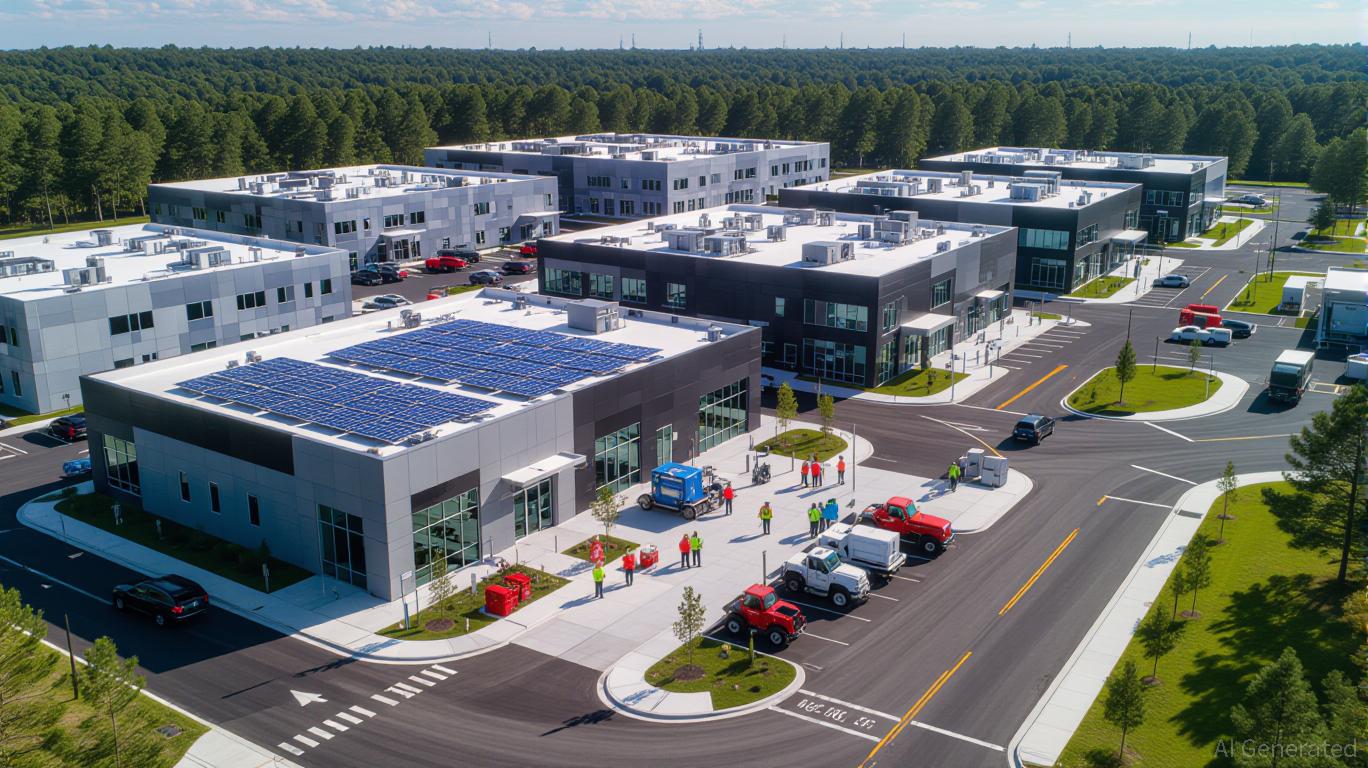Recipients of Social Security will experience a slight delay in learning this year's COLA, as the government shutdown has postponed the release of the final CPI report needed to calculate next year's benefit increase until October 24.
Once the official COLA is announced, it is anticipated to be significantly higher than early-year forecasts predicted. Retirees have President Donald Trump to thank for this outcome. However, there are key factors that could turn this larger COLA into a letdown for many families, and Trump’s policies play a role in that as well.
Here’s what you should know and why the upcoming COLA update may not meet retirees’ expectations.

Image source: Official White House photo by Andrea Hanks.
How is the Social Security COLA determined?
The annual cost-of-living adjustment (COLA) for Social Security is intended to help retirees maintain their purchasing power as prices for goods and services rise.
Since 1975, the COLA has been linked to the Consumer Price Index for Urban Wage Earners and Clerical Workers (CPI-W), which is published by the Bureau of Labor Statistics. The Social Security Administration calculates the COLA by averaging the CPI-W from July through September and comparing it to the previous year’s average for the same period. The resulting percentage becomes the COLA for the next year.
This year, the BLS was supposed to release the CPI data on October 15, but the government shutdown caused a delay. Since the shutdown started on October 1, it’s likely that all necessary data for September’s index is already available. The BLS recalled employees earlier this month to ensure the September CPI report would be released on time, as it influences not only the COLA but also other important calculations, including Federal Reserve interest rate decisions.
As it stands, the final figure will now be released on October 24. The SSA is expected to announce the COLA calculation either simultaneously or soon after the CPI data is made public.
How the "Trump Bump" is affecting Social Security's COLA
Experts are currently predicting another notable increase in Social Security benefits for 2026. The Senior Citizens League projects a 2.7% COLA, while independent analyst Mary Johnson and the Committee for a Responsible Federal Budget both estimate a slightly higher 2.8% adjustment.
What stands out about these projections is that they are all higher than what was expected at the beginning of 2025. In January, The Senior Citizens League forecasted only a 2.1% COLA for 2026, and Johnson’s early-year estimate matched that figure.
One of the main reasons for these upward revisions as the official number approaches is the Trump administration’s trade policies. The effects of tariffs, especially since summer began, have been significant. Some companies kept prices steady to stay competitive, but others passed the full cost of tariffs on to consumers. This has led to higher prices, which in turn pushed up the CPI-W and resulted in a larger COLA.
However, many retirees may find the reality disappointing. The influence of Trump’s tariffs is only beginning to be felt. Many companies increased their inventories before tariffs took effect, as reflected in the rising trade deficit during the first seven months of the year. As these businesses deplete their stock and import more expensive goods, they are likely to transfer more of the tariff costs to consumers.
This suggests that inflation may continue to rise, as has been the trend in recent months. Since the COLA is based on third-quarter inflation, retirees could see their expenses increase faster than their monthly benefit adjustments. This is especially problematic because the costs of essentials for seniors—such as healthcare, housing, and transportation—are already rising more quickly than overall inflation.
So, while retirees might receive a larger COLA due to Trump administration policies, they also face the risk of significant price increases from tariffs in the coming months, which could seriously affect their 2026 finances.


